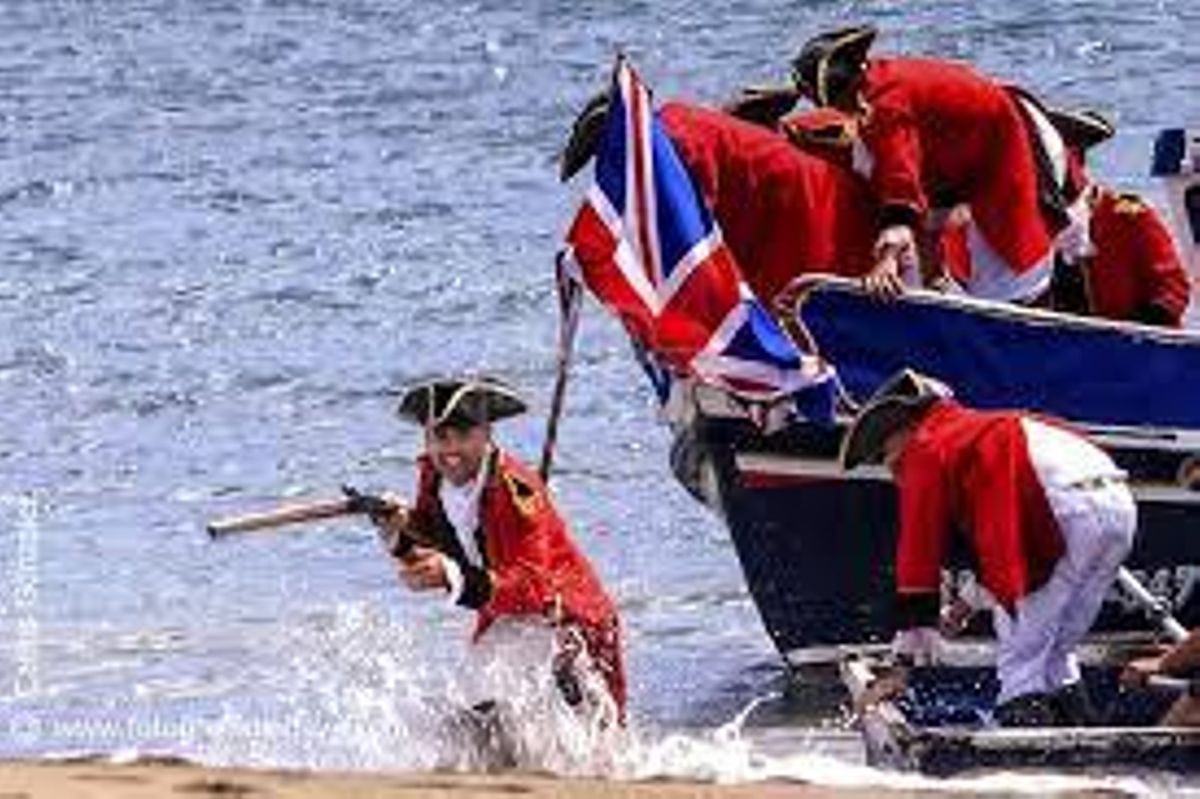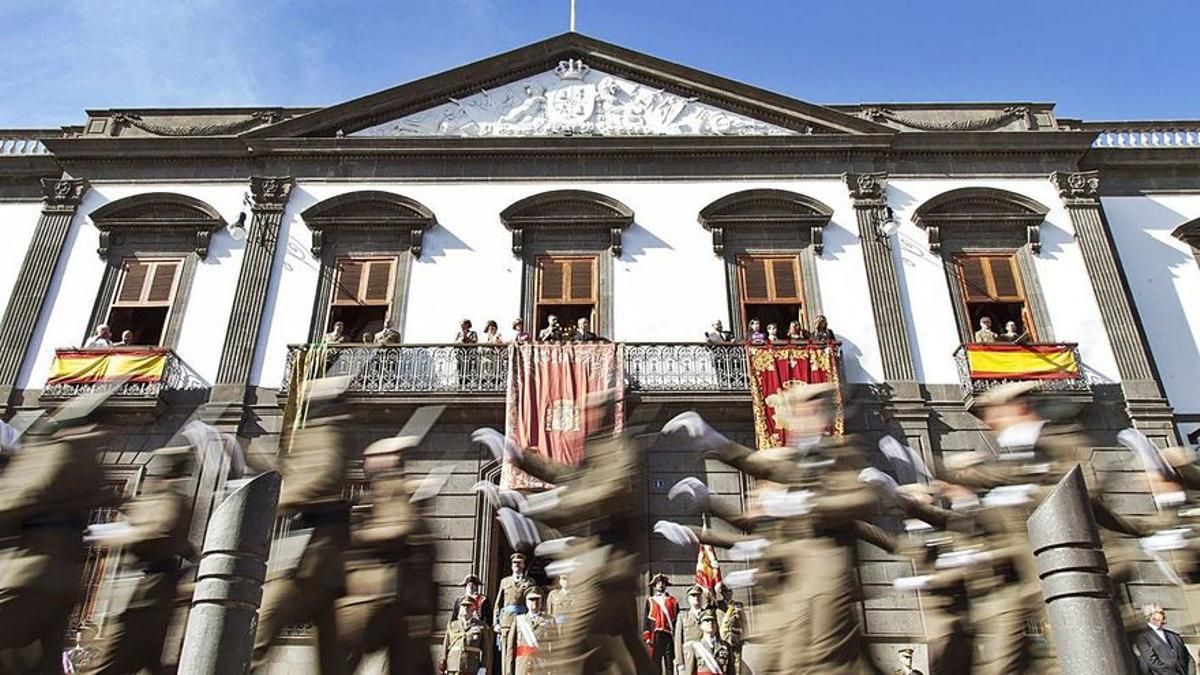Certain historical personalities often pass into obscurity, while others leave behind a blend of respect, reforms, and debate. A notable example is Andrés Bonito Pignatelli, a Noble of Italian descent who arrived in the Canary Islands in 1741 to serve as Captain General, and whose legacy continues to be discussed four centuries later.
The @historiyandan account, which focuses on historical curiosities, highlights the contributions of this distinctive individual, born in Bonito, a small village in Campania within the kingdom of Naples. Little is widely known about the fact that he was the son of Giulio Cesare Bonito, Duke of ísola, and that he would become General Commander of the Canary Islands under Felipe IV, leaving an indelible mark on the islands not just through military actions.
The “Son of Vesuvius”
Details about his life prior to arriving in the archipelago are scarce and fragmented, yet it is documented that his Neapolitan roots profoundly influenced his career in politics. So much so that the eminent Viera and Clavijo referred to him as “The Son of Vesuvius,” not merely due to his heritage, but for his fiery temperament.
During his tenure, which lasted from 1741 to 1744, it was characterised by “notable military and administrative reforms,” as stated.
He was the one who commanded the fortification of Fuerteventura following the Battle of El Cuchillete in 1740, set against the backdrop of the war commonly known as “The Jenkins’ Ear War.” Under his leadership, the provincial militias began to adopt uniforms, enhancing the cohesion and discipline of the Canary forces.

A Rivalry Emerges
However, what Pignatelli is perhaps most remembered for is his involvement in one of the most intense tensions in the archipelago’s history: the Conflict between La Laguna and Santa Cruz de Tenerife. According to historians, rather than remain neutral, he decisively advocated for the development of the port of Santa Cruz, promoting its commercial expansion and relocating the Headquarters of the General Captaincy, thus reinforcing a process initiated by his predecessor, the Marquis de Valhermoso.

In 1742, he established the Royal Customs House in Santa Cruz, which dealt a significant blow to the dominance of the lagoon. This decision worsened relations with the traditional elites of San Cristóbal de la Laguna, while bolstering the burgeoning commercial bourgeoisie of Santa Cruz. That quaint port village began, due to his decisions, to evolve into the future economic centre of the island.
A Legacy in Oil
Upon completing his term, he returned to Naples, where he passed away in 1757 without any heirs. Record of his time in the Canary Islands is scant. However, an oil portrait created by the Canarian artist José Rodríguez de la Oliva, which is housed in the Tenerife History and Anthropology Museum, has survived.
The creator of the content noted, “I had the immense privilege of being able to work with this portrait and handle it personally.” In it, he is depicted with a rich symbolic composition, attired in a blue jacket, a vest adorned with gold embellishments, and a white wig, reflective of high-ranking officials. He holds a command staff in his left hand as a sign of authority.
In one of the upper corners is an inscription: “In their time they began to adopt uniforms.” According to the Tenerife History and Anthropology Museum, this would have contributed to enhanced cohesion and discipline among these units. The official designation of “provincial militias” referred to an infantry reserve unit active both on the Iberian Peninsula and in the Canary Islands until 1867.
Furthermore, the portrait describes him as a figure who was “violent, impetuous, and free.” Notably, a space has been reserved in the upper left corner for a family coat of arms, but in this instance, it appears left blank. “Perhaps the artist chose not to include the elaborate shield in the final version for reasons unknown, or, perhaps, it was omitted due to the controversy surrounding Bonito Pignatelli’s character,” the museum representatives suggest.
















